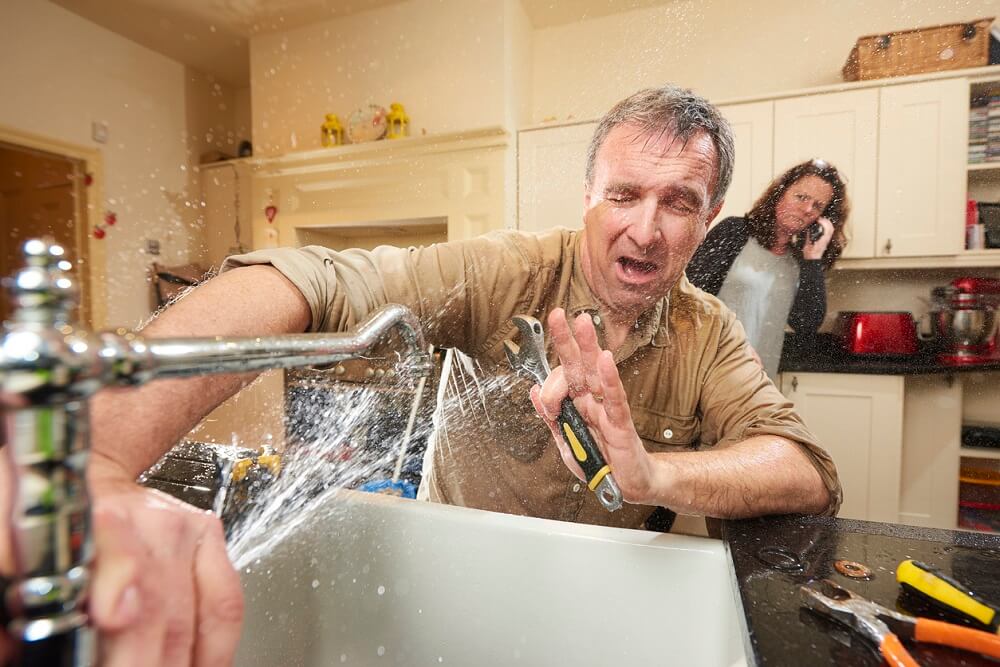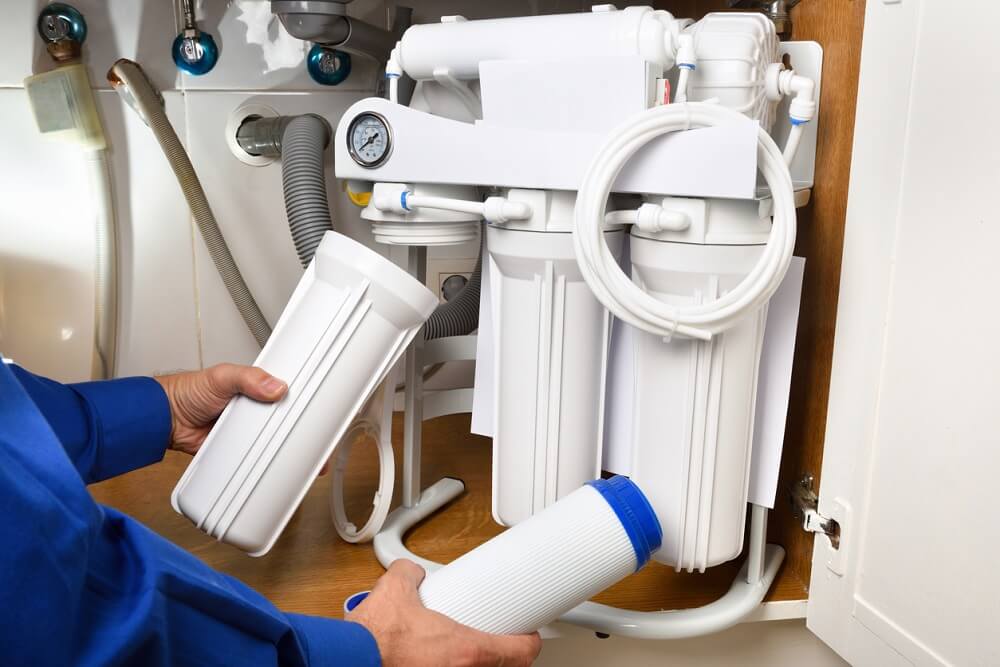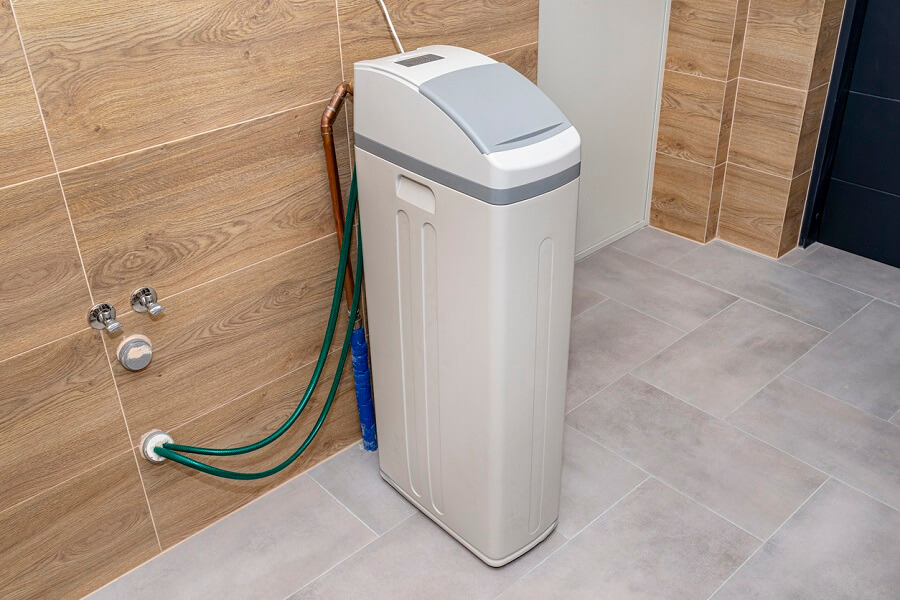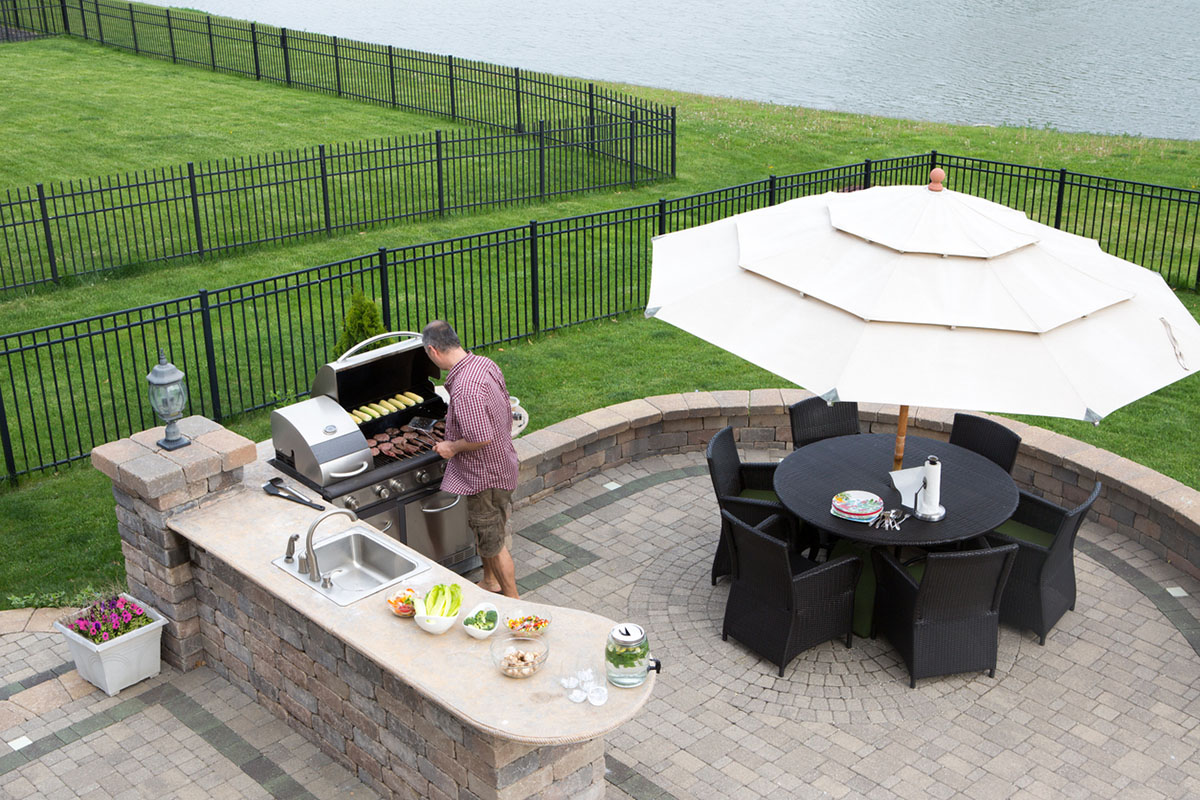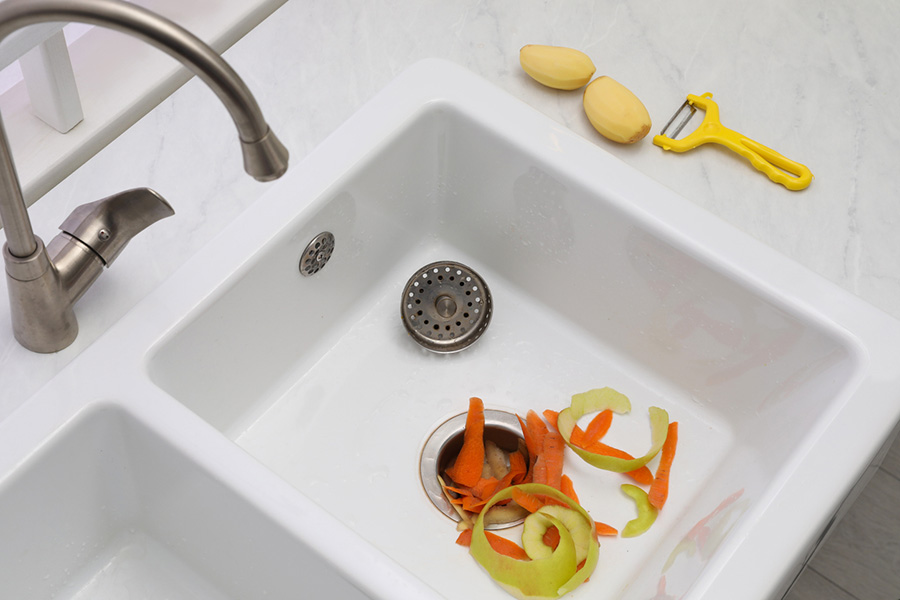When it comes to plumbing installation or repairs, Etobicoke homeowners are often faced with the decision of whether to tackle the job themselves or hire a professional plumber. The allure of Home DIY projects can be tempting, especially with the potential to save money and the satisfaction of completing a task independently. However, plumbing installation is not always as straightforward as it may seem, and there are several factors to consider before diving in. In this blog, we’ll compare DIY plumbing vs professional installation to help you make an informed choice.
Understanding the Complexity of Plumbing
Plumbing systems are intricate and require technical knowledge to ensure that everything functions correctly and complies with local building codes. While certain DIY plumbing projects, like replacing a faucet or unclogging a drain, may seem manageable for a skilled DIYer, more complex tasks such as installing water heaters, re-piping, or fitting new pipes can quickly become overwhelming. If done improperly, these tasks can lead to leaks, water damage, or even health hazards like mould growth. You can read more about preventative action you can take to ensure you don’t experience these plumbing hazards here.
Benefits of DIY Plumbing Installation
One of the main attractions of DIY plumbing vs professional installation is the potential cost savings. For minor plumbing repairs or small-scale installations, homeowners can save money by purchasing the necessary materials and completing the work themselves. Additionally, many Home DIY projects allow individuals to learn new skills, which can be gratifying and enhance their sense of self-reliance.
If you have experience with basic plumbing tasks and the required tools, you may feel confident enough to tackle certain installations. Simple fixes like changing out a faucet or replacing a toilet can be completed by most people with some online guidance. In these cases, DIY plumbing can be an effective way to save time and money.
The Drawbacks of DIY Plumbing Installation
While DIY plumbing might seem cost-effective, it carries risks that could end up being more expensive in the long run. Incorrect installations can result in leaks, faulty connections, or even complete system failures. These issues may require expensive repairs or necessitate the involvement of a professional plumber to fix mistakes. Moreover, DIY plumbing may void warranties on appliances or fixtures if the installation isn’t performed to manufacturer specifications.
Another key consideration is local building codes. Many plumbing installations, such as replacing water heaters or relocating pipes, require permits and inspections. If you attempt a DIY project without proper knowledge of these regulations, you could face legal complications or have to redo the work at your own expense.
The Case for Professional Plumbing Installation
Hiring a professional plumber ensures that the job is done correctly the first time. Professional plumbers are licensed and trained to handle complex plumbing systems, guaranteeing that installations comply with all safety and regulatory standards. They also have the expertise to troubleshoot problems and provide solutions that you might not have considered.
Additionally, professional plumbers come equipped with the right tools for the job, saving you time and effort. They can quickly address issues and complete installations to avoid the inconvenience of prolonged disruptions to your home.
Contact D. Jason Plumbing Today
Ultimately, whether you choose DIY plumbing vs professional installation depends on the complexity of the project and your skill level. For smaller, simple tasks, DIY plumbing can be a rewarding experience. However, for more advanced installations, it’s often worth considering the long-term benefits of professional plumbing installation. Contact D. Jason Plumbing to ensure that your Etobicoke and Mississauga plumbing system operates smoothly and safely for years to come.
